Imagine being able to peer into the heart of your car’s engine and decipher its secrets simply by observing the condition of its spark plugs. From detecting potential fuel system problems to identifying signs of overheating or oil consumption, white-tipped spark plugs can serve as invaluable diagnostic tools for automotive enthusiasts.
In this guide, we’ll delve into the fascinating world of White Tipped Spark Plugs, revealing their crucial role in diagnosing engine issues and providing insights into combustion efficiency.
Why do white buildups form on the spark plugs?
The formation of white buildup on spark plugs is often a clear indicator of a poor ignition process, which various factors can bring on.
One common cause is a low fuel-to-air ratio, wherein the mixture is too lean for proper combustion. This results in incomplete burning of the fuel and leaves behind deposits on the spark plug in the form of white buildup. If there’s no ignition at all due to issues with the spark plug or ignition system, unburned fuel can accumulate and form these deposits.
To consider is the impact of engine temperature on spark plug buildup. In some cases, excessive heat in the combustion chamber can lead to abnormal combustion processes that result in white deposits forming on the spark plugs.
Vehicle owners and mechanics need to be aware of these issues and address them promptly, as they can not only affect engine performance but also lead to more severe problems if left unresolved.
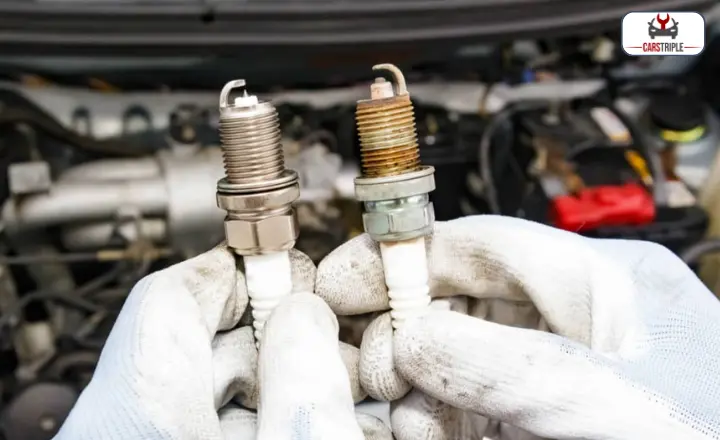
Causes And Solutions Of White Tipped Spark Plugs
When it comes to white spark plugs, one of the primary causes is a lean air-fuel mixture. This can be due to issues with the fuel system, such as a clogged fuel injector or a failing fuel pump. Another common cause is overheating, which can lead to the electrode and insulator becoming coated in white deposits.
There are three causes and solutions for white spark plugs:
- Unstable air-fuel mixture
- Spark plugs are won
- The car uses low-quality fuel
1. Unstable air-fuel mixture
The presence of a white spark plug can often signal an unstable air-fuel mixture within the engine, leading to combustion chamber intake tightness and injector issues. Malfunctioning sensors like the crankshaft sensor and MAP may further emphasize this problem. The combination of these factors results in an engine that won’t run smoothly or at all, leaving drivers frustrated and mechanics perplexed.

To resolve this issue:
- Addressing the root causes is essential.
- Checking for any intake leaks or loose components within the combustion chamber is crucial to stabilizing the air-fuel mixture.
- A thorough examination of fuel injectors and sensors, such as the crankshaft sensor and MAP, can pinpoint any anomalies contributing to the white spark plugs.
- By focusing on these specific areas, it’s possible to restore optimal engine performance and maintain efficient combustion processes.
Facing challenges related to white spark plugs requires a comprehensive approach that addresses both potential causes, such as unstable air-fuel mixtures due to combustion chamber issues, as well as their corresponding solutions.
Prioritizing regular maintenance and proactive troubleshooting can help prevent these problems from affecting overall engine functionality while ensuring a smoother driving experience for all.
2. Sparks plugs are worn
When spark plugs are worn, damaged, or loose, the mixture of fuel and air in the combustion chamber does not ignite properly. This ignition delay causes the air-fuel mixture to detonate at an uneven rate, resulting in inconsistent engine performance and potential damage.
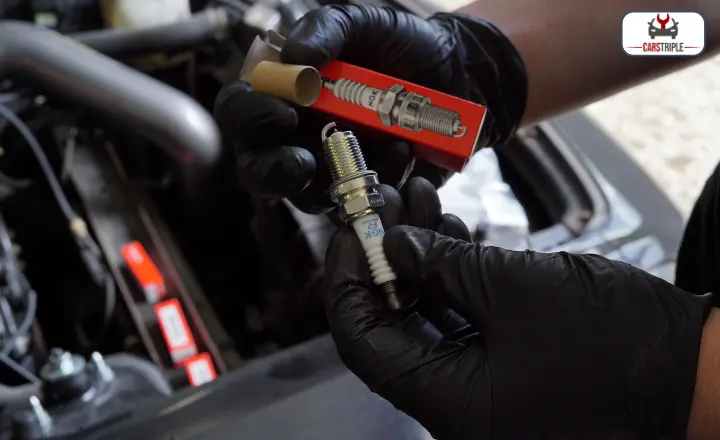
The delayed ignition also leads to an increase in heat within the combustion chamber, which can contribute to engine overheating and even explosion.
- To address these issues with worn or damaged spark plugs, regular inspection and replacement is crucial.
- Ensuring that the spark plugs are correctly installed and tightened can prevent them from becoming loose over time.
- Proper maintenance of spark plug wires and connectors is also essential for promoting efficient ignition and preventing potential hazards associated with delayed ignition.
- Understanding the causes and solutions of white spark plugs is vital for maintaining a smoothly running engine.
- By being proactive about checking for wear or damage to spark plugs and addressing any issues promptly, drivers can enhance their vehicle’s performance while reducing the risk of mechanical failures or safety hazards stemming from faulty ignition systems.
- Regularly consulting with a professional mechanic regarding proper maintenance practices can further help drivers stay informed about best practices for preserving the functionality of their vehicle’s spark plug components.
Using higher-quality fuel, and incorporating specialized additives into your fuel system can also be beneficial in preventing worn spark plugs. These additives work to clean the combustion chambers and remove any carbon buildup that may contribute to improper spark plug function.
By tackling these issues at their source, you can effectively extend the lifespan of your spark plugs and maintain optimal engine performance. It’s crucial to remember that addressing worn spark plugs requires a holistic approach that encompasses both fuel quality and additive usage for lasting results.
3. The car uses low-quality fuel
When it comes to the causes and solutions of white spark plugs, one significant factor that should not be overlooked is the use of low-quality fuel. Engines are designed to operate with high-quality fuel, and when inferior energy is used, the machine has to work harder to burn it efficiently. This extra effort can lead to the formation of white residues on the spark plugs, indicating incomplete combustion and potential damage to engine components.
The presence of subpar additives or counterfeit power in the fuel can also contribute to white spark plugs. These additives may not be appropriately formulated for clean combustion, leading to residue buildup on the spark plugs over time.
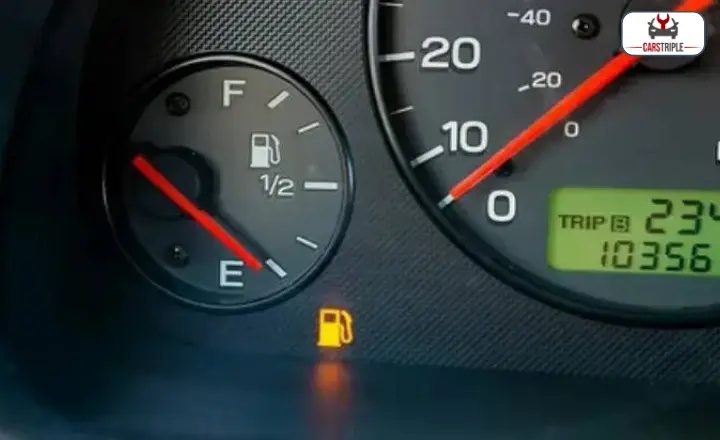
One critical component affected by this residue is the oxygen sensor, which plays a crucial role in monitoring and adjusting the air-fuel mixture for optimal combustion. When these sensors become coated with white residues from low-quality fuel, they can provide inaccurate readings, resulting in decreased performance and efficiency.
To combat white spark plugs caused by low-quality fuel, drivers should prioritize using reputable gas stations that offer high-grade fuel free from subpar additives or counterfeit power.
Regularly maintaining and replacing oxygen sensors as part of routine vehicle maintenance can also help prevent issues related to white spark plug residues.
Ensuring that quality fuel is consistently used will not only preserve engine health but also enhance overall vehicle performance.
How To Check Spark Plugs For White Deposits
When checking spark plugs for white or black deposits, it’s essential to understand the underlying causes of each type of deposit. White deposits on spark plugs can be a result of running an excessively lean air/fuel mixture, which may indicate a problem with the fuel system or ignition timing.
Black deposits often signal an overly rich air/fuel mixture, potentially caused by issues such as a clogged air filter or malfunctioning oxygen sensor. It’s important to note that both white and black deposits can significantly impact engine performance and fuel economy. Using high-quality fuel and ensuring proper maintenance of the ignition system can help prevent these deposit-related issues.
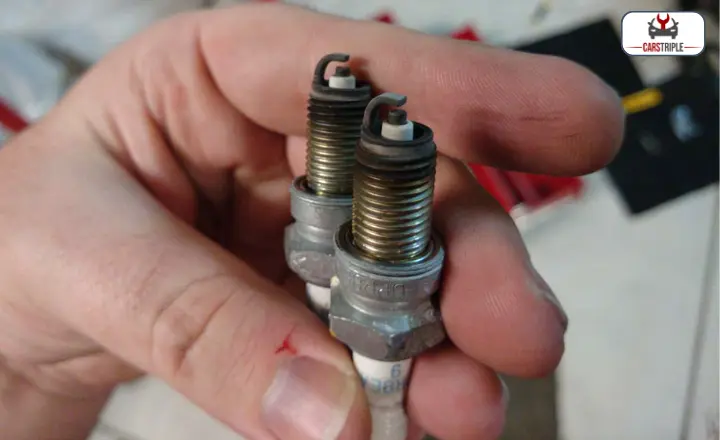
By regularly inspecting spark plugs and promptly addressing any abnormal deposits, drivers can maintain optimal engine efficiency and prolong the lifespan of their vehicles.
- Regularly inspect spark plugs for any signs of wear or damage, including a white tip on the electrode, which could indicate engine issues.
- Ensure proper fuel and air mixture by checking and cleaning the air filter regularly to prevent carbon buildup and maintain efficient combustion.
- Monitor oil levels and change them as recommended to prevent contaminants from affecting engine performance.
Proper maintenance is crucial not only for ensuring the longevity of your vehicle but also for optimizing its performance. Neglecting simple tasks like checking the colour of your spark plug’s tip can lead to costly repairs down the road.
By staying proactive and addressing potential issues early on, you can save yourself time, money, and stress in the long run. Regular maintenance not only keeps your vehicle running smoothly but also ensures that you are driving safely at all times.
Paying attention to details, such as a white tip on your spark plug, can be an early warning sign that prompts you to take action before significant problems occur.
How To Remove White Deposits From Spark Plugs
In dealing with white deposits on spark plugs, it’s essential to understand the root cause of the issue. The presence of white deposits is often a sign of a lean fuel-air mixture, which can lead to overheating and engine damage if left unaddressed.
To effectively remove these deposits, it’s crucial to first diagnose and rectify any underlying issues that may be causing the lean condition. This could involve checking for vacuum leaks, inspecting the fuel system for blockages or malfunctions, and ensuring that the ignition system is functioning optimally.
Once any potential issues have been addressed, removing the white deposits from spark plugs can be achieved using several methods.
- Gently scraping off the deposits with a wire brush or sandpaper can help eliminate them without causing damage to the electrode.
- Soaking the affected area in a specialized cleaning solution designed for spark plugs can also effectively dissolve and remove stubborn deposits.
- Regular maintenance and monitoring of spark plug conditions are essential to prevent further buildup and ensure optimal engine performance.
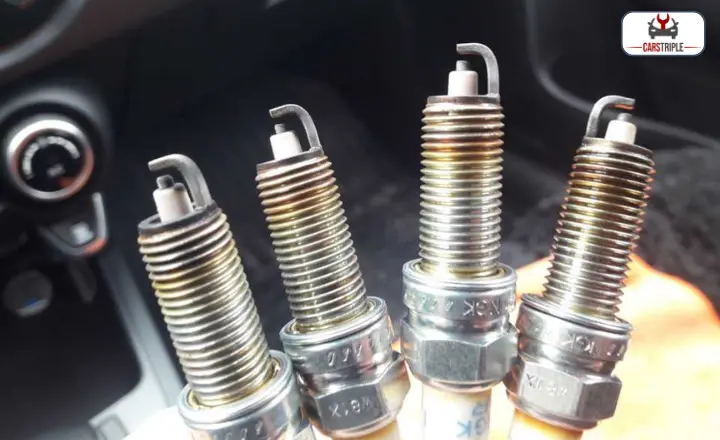
There are a couple of methods for eliminating white deposits from spark plugs, with the first being the most straightforward and necessitating specific supplies:
- Coarse metal rust removal brush
- Fine sandpaper, P 240 and above
- Spark plug with a white tip
Bend the plaque in half and gently use fine sandpaper to clean the space between the electrodes, taking care not to harm the spark plugs. Avoid attempting any chemical cleaning of the spark plugs as an alternative method. This is especially important when dealing with spark-plug-white-tip issues.
The recommended approach for safely cleaning the electrodes without causing damage is exactly as outlined. This method is highly effective for more costly spark plugs. The necessary items for this process include:
- Gasoline, kerosene, and acetone
- Orthophosphoric acid solution
- Vinegar or 20% ammonium acetate solution
- Sanitary plaque removers
- Spark-plug-white-tip
Conclusion
Understanding how to read White Tipped Spark Plugs is essential for maintaining the optimal performance of your vehicle’s engine. By interpreting the color and condition of the spark plug tips, you can diagnose potential issues with fuel mixture, ignition timing, and overall engine health.
This knowledge empowers you to make informed decisions about maintenance and tune-up procedures, ultimately extending the lifespan of your engine and improving its efficiency.
Whether you’re a seasoned mechanic or a DIY enthusiast, mastering the art of reading spark plugs can save you time and money in the long run. So next time you check your spark plugs, take a moment to analyze their condition; it could make all the difference in keeping your vehicle running smoothly.
FAQS
What are the signs of a white-tipped spark plug?
White-tipped spark plugs can indicate the engine is running too hot or has a lean fuel mixture.
What causes spark plugs to develop white tips?
A lean air-fuel mixture, a high engine temperature, or an incorrect spark plug heat range can cause white tips.
How often should I check my spark plugs for white tips?
It’s recommended to inspect your spark plugs every 20,000 miles or as per your vehicle’s manual.

